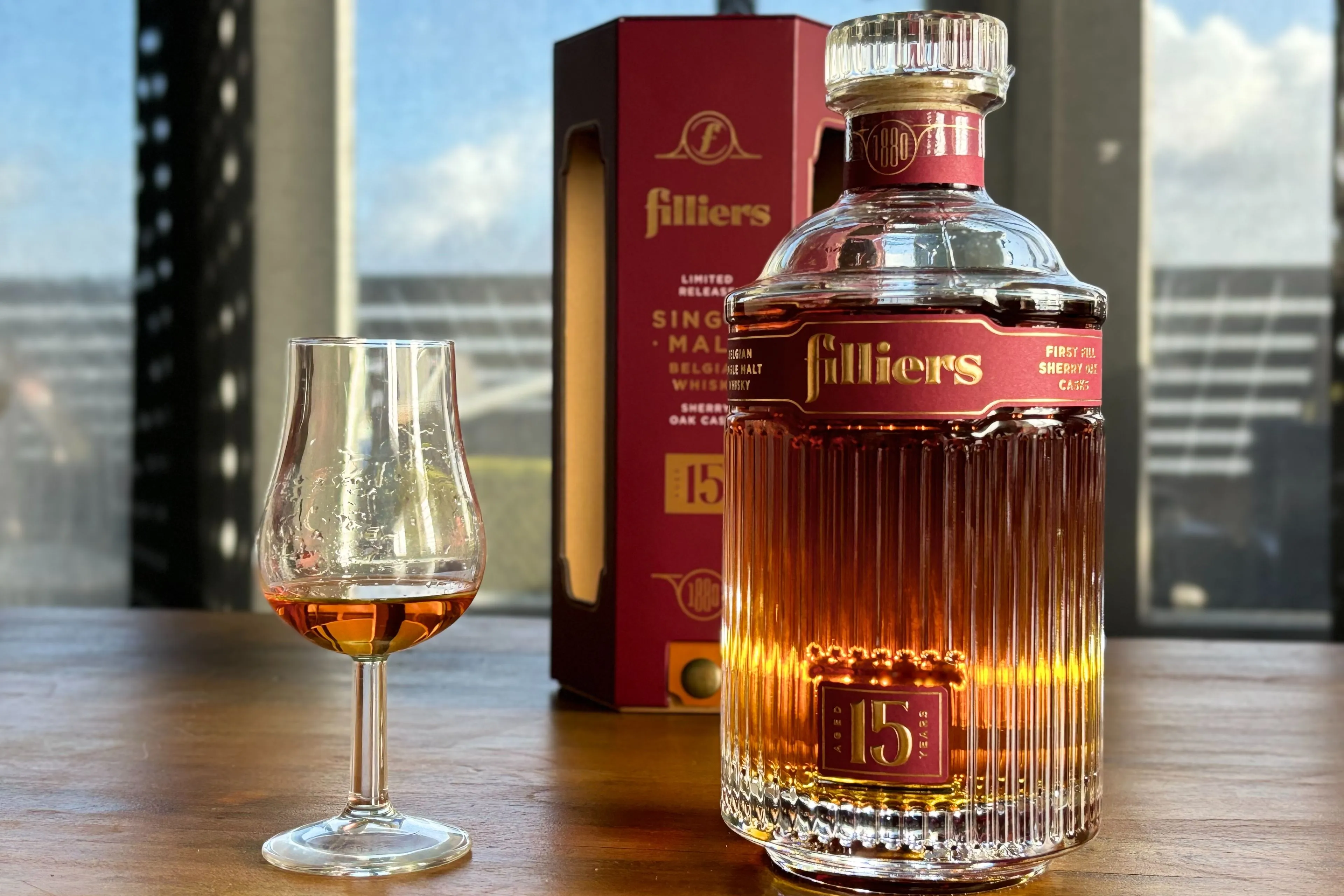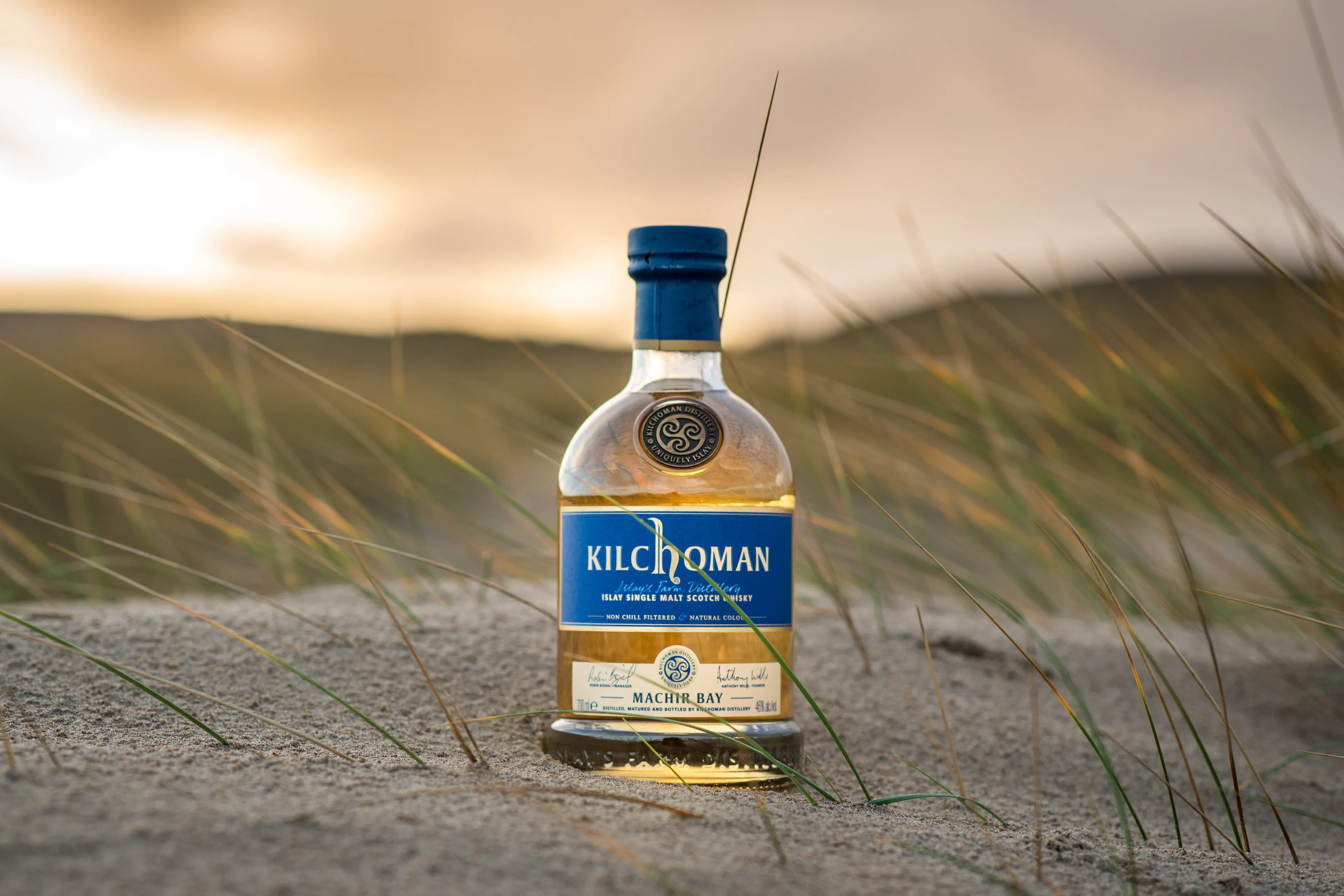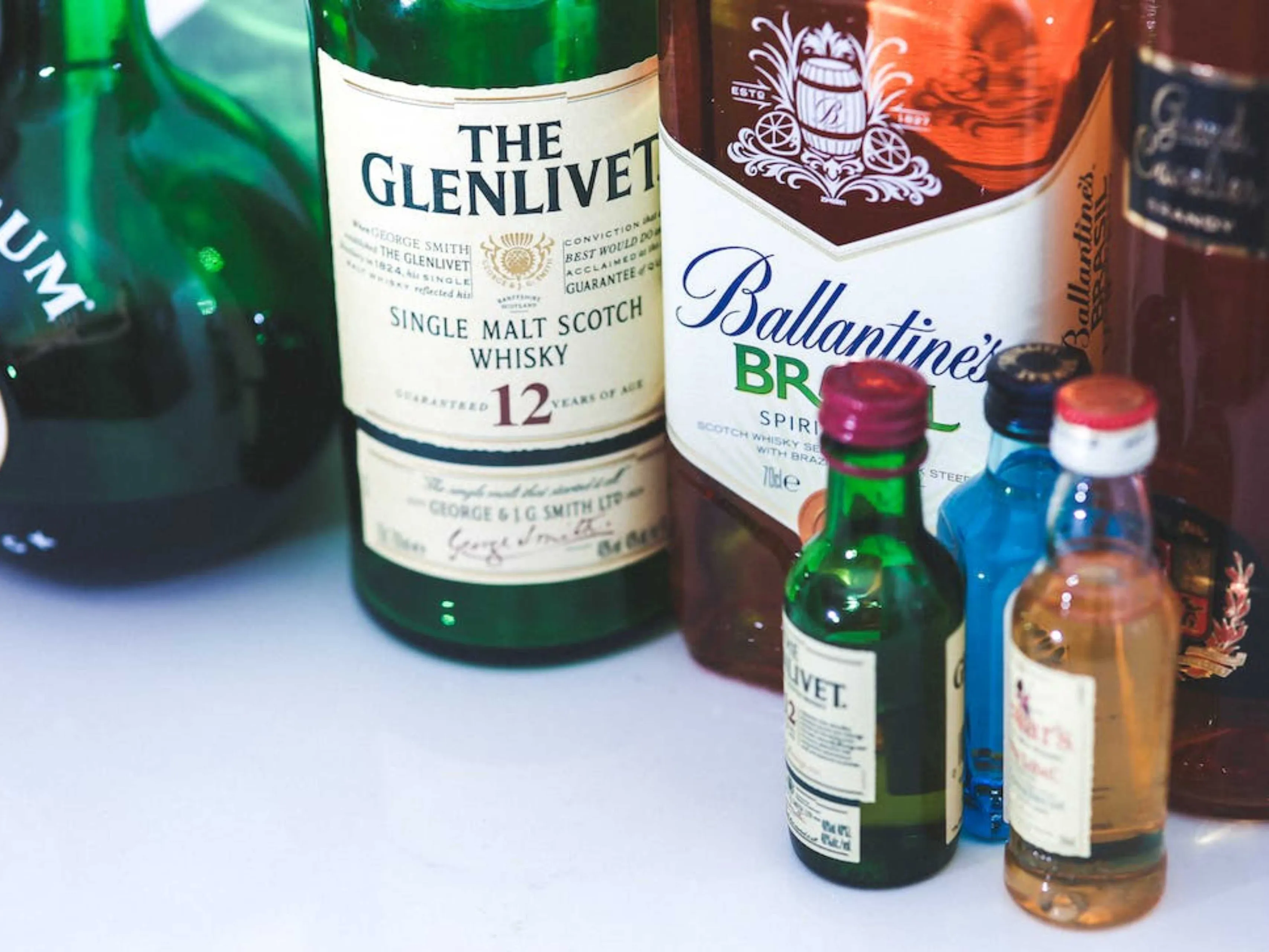
If you're looking for a new whisky, it's helpful to know what you can find on the bottle. The label of a whisky is a wealth of information. Here are five terms you'll find on whisky bottles.
Non chill filtered
Nowadays you can find the term non-chill filtered on many whisky bottles. Sometimes it's small on the back and other times large on the front label of the whisky.
As the term implies, non-chill filtered is the opposite of chill-filtered. With chill-filtering, the whisky is cooled to between 1 and 2 degrees before bottling, so that certain substances solidify and are retained by a filter.
Many distilleries nowadays do not cool the whisky before it goes through the filter. As a result, the fats, oils, and esters are retained in the drink, while other parts are still filtered out. It's said that this results in a creamier whisky with richer and fuller flavours.
Cask strength
The alcohol percentage on a whisky bottle is important. Many whiskies are diluted with water to lower the alcohol content of the drink. Other expressions are bottled undiluted from the cask (after it has been filtered).
In that case, we're talking about a cask strength, or a barrel strength whisky. These whiskies can be found with a percentage starting from 50 percent and going well above 60 percent alcohol. A drop of water in your glass is recommended for these types of whiskies.
Age statement (and non-age statement)
A whisky label often shows an age. This is called the whisky’s age statement. The term is not meant to indicate how old the whisky is right now otherwise, the label would need to change every year.
Instead, an age statement refers to the whisky’s age at the moment of bottling. This is calculated by looking at the time between distillation and bottling.
In a mix of different whiskies or a blended expression, the stated age always refers to the youngest whisky in the bottle. For example, there is a Compass Box 3 Years Old Deluxe that contains various old whiskies plus a drop of three‑year‑old whisky. The age on the label is therefore three years.
Read also
Cask finish
Technically, whisky is already whisky after maturing in a single cask for at least three years. At that point, the distillery can choose to bottle it or transfer it into another cask for what is known as a cask finish, or secondary maturation.
This finishing period is usually shorter than the initial maturation, often just a few months. The finishing cask previously held another drink, such as sherry, tequila, wine, or mezcal. Each of these imparts different effects on the whisky’s flavour, aroma, and colour.
Single cask
If you’re looking for a whisky that is more limited in availability, you can look for limited edition expressions. These bottles are often individually numbered and sometimes highly sought after by collectors. Another category of limited releases are single cask expressions.
The term single cask is defined by the Scotch Whisky Association (SWA). It refers to whisky that has spent its entire maturation in one cask. This does not mean the distillery uses only one type of cask overall, but rather that the whisky in the bottle comes from that single cask.
The limited nature of single cask whiskies also comes from the cask’s finite capacity. The longer the whisky matures, the more angel’s share evaporates and the fewer bottles are ultimately produced.
Discover more of our articles and background stories of your favorite drink on this special page.
Read also
loading
POPULAR NEWS

This Brand-New Whisky Distillery Was In Serious Trouble and No One Noticed

Top 10 Speyside Whiskies to Buy Now or Gift Someone
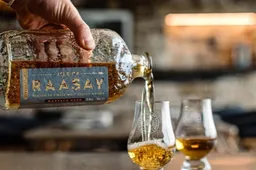
These are the Best Whiskies of 2026, According to the World Whiskies Awards
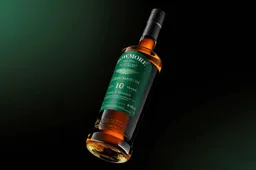
Why Aston Martin Is Suddenly Easing Off the Whisky and Betting Big on Tom Holland
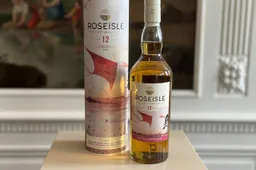
Diageo pauses malt production at a major whisky distillery

The 10 Best Whiskies for Beginners to Buy
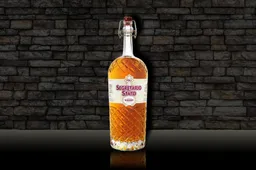
The 7 Best Whiskies from Northern Italy, All in One Place

The 5 Best Indian Whiskies At a Glance
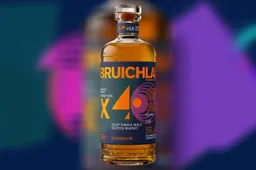
Bruichladdich Reveals 'World Premier' in Whisky

Black Art Whisky is Back, but With a Mysterious Twist
LATEST COMMENTS
- Hi Yvonne, Thank you for your response and for sharing the video. Unfortunately, the evidence you referred to consists only of two people talking about the whisky, without any explanation or identification. We have not spoken to the individuals in the video ourselves, nor can we verify who they are. We describe it as a Chinese whisky because it is released by a Chinese distillery. As you mentioned, the distillery has chosen to label the product as “pure malt” instead of “Chinese whisky.” Based on that, we do not believe they are doing anything illegal.M0nkey16-11-2025
- So - you have the proof......where's your write up?Yvonne16-11-2025
- You are absolutely right. Luckily that doesn't matter for the taste of the whisky. Have you tried it yet?M0nkey05-11-2025
- Guess what? Finland is not part of Scandinavia.Gray105-11-2025
- Throw in the towel? You mean restructure to compete and win in a challenging industry environment.WestwardFounder21-10-2025
- There is nothing legally to prevent the English whisky GI from coming into force, it complies with all the relevant laws and the single malt definition follows the precedent of Welsh whisky and US whiskyChefBear15-10-2025
- Three emails sent (two with videos, linked to a Google Drive Share). 1. The original video. 2. The video with subtitles as it was shared on YouTube 3. Screen grab of the YouTube channel where the video was blocked due to Pernod Ricard lobbying. The story was covered on Drinks Intel at the time - link here - https://drinks-intel.com/subscriber-news/pernod-ricards-the-chuan-pure-malt-whisky-not-sourced-solely-from-china-global-drinks-intel-exclusive/Yvonne10-10-2025
- Hi Yvonne, Thank you for your interesting comment. Could you share your copy with us, so we can adjust our item accordingly? Mail us at [email protected]. Thank you in advance.M0nkey09-10-2025
- Let's keep this factually correct. Pernod Ricard DID NOT release a Chinese whisky. Their first output from The Chuan (the name of the distillery in Sichuan, China) wasn't fit for bottling. What they actually bottled was imported Scotch whisky. This is why the product is called "PURE MALT" and not "Chinese Whisky" - because Pure Malt is not a regulated term - this is not a secret. This was exposed about a week after they released it. There were even videos about their own staff on site admitting it was made from imported whisky - which Pernod Ricard got the lawyers onto to get the video pulled. I've got a copy if you want it.Yvonne09-10-2025
Loading
